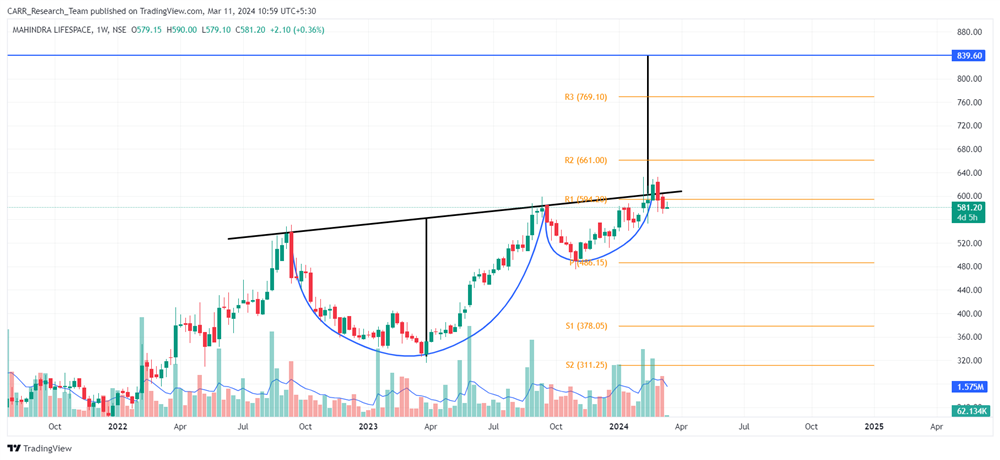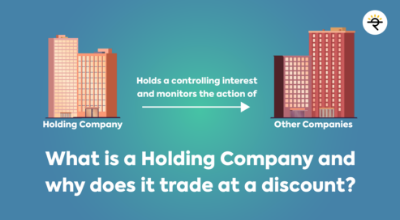Stock name: IDBI Bank Ltd.
Pattern: Double top pattern
Time frame: Daily
Observation:
Since March 2023, the stock has shown an upward trend. Between January and March 2024, it stabilized, forming a double top pattern on its daily chart. The breakout from this pattern occurred on March 13, 2024, accompanied by above-average trading volume. Presently, the stock's RSI levels are low. Technical analysis suggests that if the breakout momentum persists, the stock may continue to decline.

You may add this to your watch list to understand further price action.
Disclaimer: This analysis is purely for educational purpose and does not contain any recommendation. Please consult your financial advisor before taking any financial decision.

Stock name: KRBL Ltd.
Pattern: Head and shoulder pattern
Time frame: Weekly
Observation:
Starting from February 2022, the stock displayed an upward trend. Between April 2023 and February 2024, it formed a head and shoulders pattern on its weekly chart. In February 2024, the stock broke out from this pattern, coinciding with a bearish signal on the MACD indicator. Since then, it has experienced a persistent decline, with the current RSI at an extremely low level. According to technical analysis, if the current momentum persists, the stock may further descend.

You may add this to your watch list to understand further price action.
Disclaimer: This analysis is purely for educational purpose and does not contain any recommendation. Please consult your financial advisor before taking any financial decision.
News for the day:
- Reliance Industries has purchased Paramount Global's 13.01% stake in Viacom 18 Media for about Rs. 4,286 crore, increasing its equity to 70.49%. This move strengthens Reliance's foothold in India's media industry, following its merger with Star India and upcoming collaboration with Walt Disney. The acquisition underscores Reliance's strategic vision to dominate both traditional television broadcasting and digital streaming services in India.
- Tata Motors announces plans to construct a new manufacturing plant in Tamil Nadu with an investment of Rs. 9,000 crore. This move aims to enhance production capacity and cater to growing demand in the automotive sector. The plant is expected to generate numerous job opportunities and further bolster Tata Motors' presence in India's automobile industry.
- A new scheme has been unveiled to incentivize the sale of electric two-wheelers and three-wheelers in India. This initiative aims to accelerate the adoption of electric vehicles and reduce reliance on traditional fuel-powered vehicles. Under the scheme, financial incentives will be provided to buyers of electric two-wheelers and three-wheelers, encouraging consumers to switch to eco-friendly alternatives. This scheme is valid for four months from April 1 onwards.
























